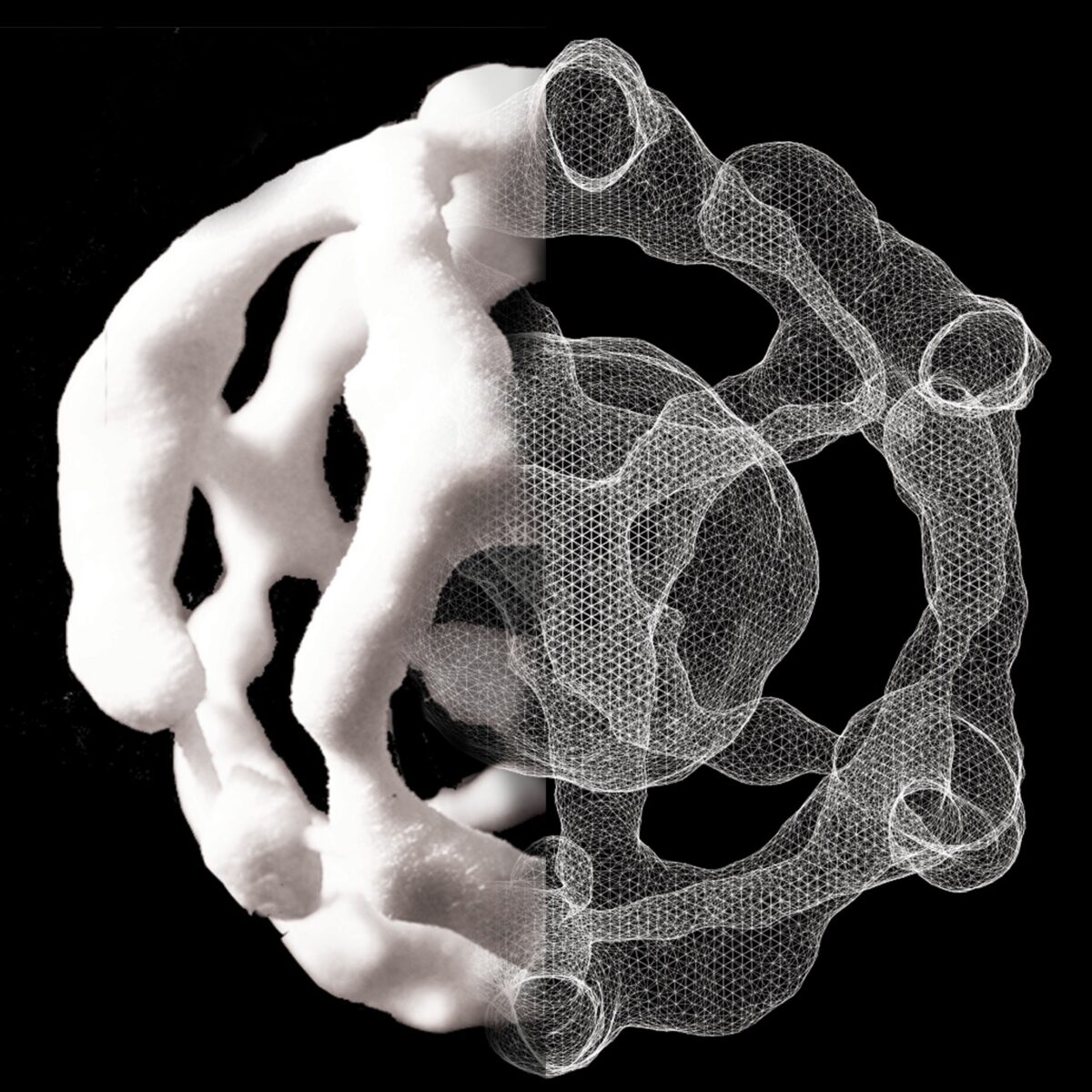Laura Nica PhD

Phy-gital assemblages: misfits, hybrids and fragmented model
Reverse Digital Fragmentation: An Archaeology of Zaha Hadid’s Archival Fonds
Supervisors: Constance Lau, Jane Pavitt, Kester Rattenbury
First TECHNE AHRC funded PhD within the UoW School of Architecture and Built Cities. Research in collaboration with the Zaha Hadid Foundation.
This research is an intervention into discussions of both the ‘digital’ and ‘technology’ in architecture. It poses questions about emerging forms of future types of digital archives and critiques around the increased use of born-digital material used in the creation of spatial practices – asking what craft, form, gesture and inscription can still do (and be) when faced with risks of imminent obsolescence and incomplete models.
The aim of this thesis is to try to identify and develop new possible frameworks for digital archival procedures, creating an anexact diorama (measurable, yet incomplete/inexact forms). This would enable a vast, comprehensive and diverse combination of possibilities that offer new readings of 3D files (born-digital material) as tools that bring evidence to the surface of novel methodologies employed while developing complex architectural briefs and projects.
The investigation focuses on the transition from drawing (analogue) to early computing (digital) in the works of Zaha Hadid (between late 1980s and early 2000s), using three case studies. I argue that Zaha Hadid’s novel design practices and transitions from physical to digital cannot be fully explained just by engaging with flat archival surfaces – like writing surfaces (text), architectural surfaces (drawings/paper) or digital surfaces (screens and digital representations) – but require new procedures to capture these invisible ‘tactics’, by treating the three-dimensional digital files as prototypical ‘reverse-engineering’ artefacts. In the hope to capture, break, fragment, disseminate, layer, translate, test, re-assemble, re-examine and document complexity, the project will involve working with demountable approximations (traces from the remaining digital files – software, hardware, fragments etc) and information from advanced/emergent technologies to form comparable morphological matrixes.
